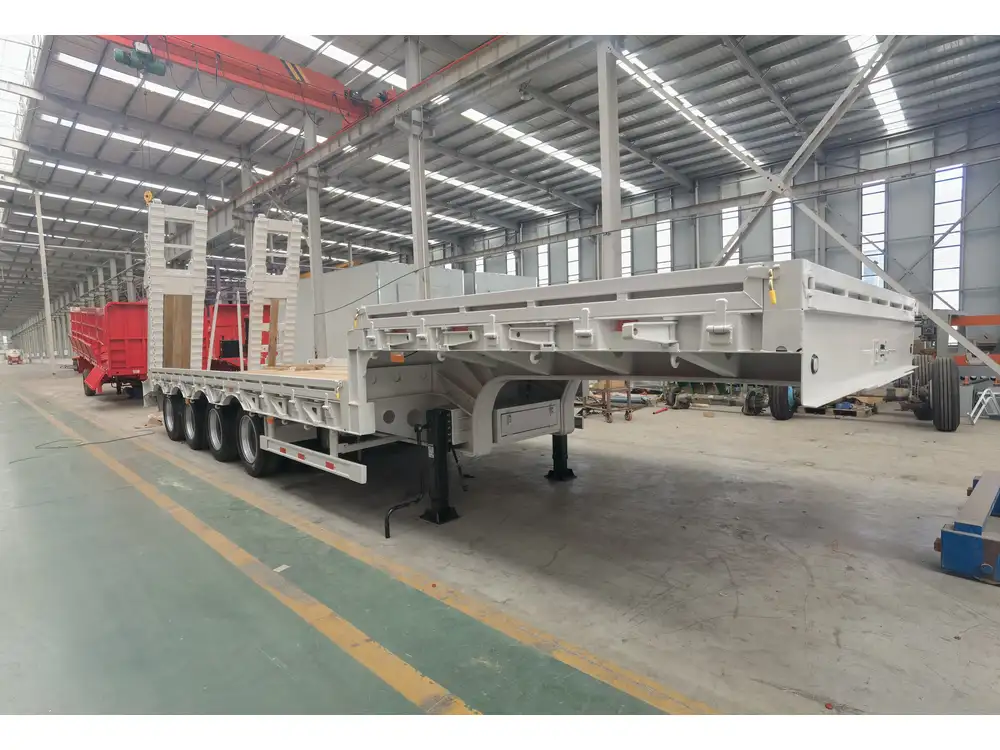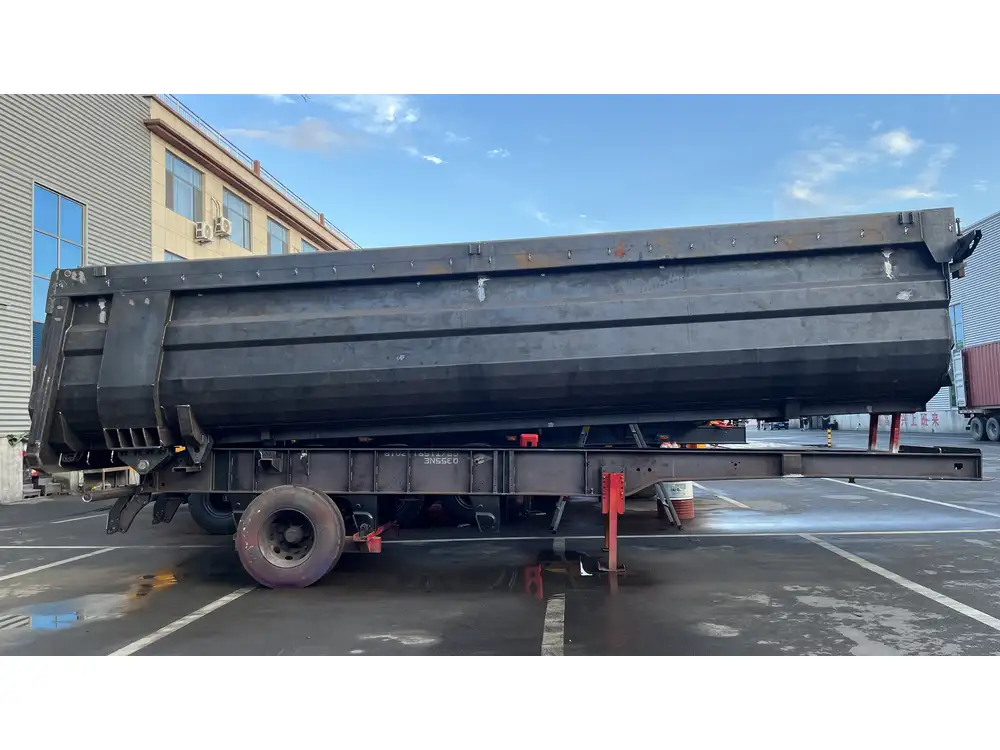Dumping black water from your travel trailer is a crucial yet often misunderstood aspect of RV ownership. We understand that dealing with waste can be daunting, especially for those new to RVing. This guide will walk you through every step of the process, ensuring you manage your travel trailer black water effectively and safely.
Understanding Black Water
Before diving into the “how-to,” it’s essential to grasp what black water is. Black water refers to the waste water that comes from your RV’s toilet. It contains human waste and toilet paper, making it critical to handle correctly to prevent unpleasant odors, health risks, and environmental damage.
What You Need to Know About Black Water Tanks
Capacity Awareness: Familiarize yourself with your travel trailer’s black water tank capacity. This will help you predict when it’s time to dump. For instance: Tank Size Duration of Use (2 people) Approx. Dump Frequency 20 gallons 3-4 days 3-5 days 30 gallons 4-7 days 4-6 days 40 gallons 6-10 days 5-8 days Location: Check for dumping stations along your travel route. Many campgrounds and RV parks have designated areas for dumping black water, equipped with the necessary facilities.
Safety Gear: It’s always best to prepare for the unexpected. Equip yourself with disposable gloves, a face mask, and plastic bags for proper disposal.

Essential Tools and Supplies
Before you begin the dumping process, make sure you have the right tools at your disposal. Here’s a checklist of essential supplies:
| Item | Purpose |
|---|---|
| 1. Sewer Hose | Connects your RV to the dump station. |
| 2. Sewer Hose Support | Prevents kinks and ensures proper drainage. |
| 3. Elbow Connector | Helps avoid spills by securing the connection. |
| 4. Gloves | Protect your hands from contaminants. |
| 5. Cleaning Supplies | For post-dump sanitation. |
| 6. Water Supply | For rinsing your tanks and equipment. |
Step-by-Step Process for Dumping Black Water
Now, let’s get into the nitty-gritty of how to dump your travel trailer’s black water efficiently and safely.
1. Preparing for Dumping
- Choose the Right Time: Wait until your black water tank is full for efficient dumping.
- Park Closely: Position your travel trailer as close to the dump station as possible without obstruction.

2. Setting Up the Equipment
Connect the Sewer Hose: Secure one end of the sewer hose to the black water tank’s outlet. The other end should be connected to the dump station’s sewer opening.
Use the Elbow Connector: If available, attach an elbow connector to prevent any spillage while connecting your hose to the station.
3. The Dumping Process
Open the Black Water Tank Valve: Pull the valve handle connected to your black water tank. This will allow the waste to flow from the tank into the sewer.
Monitoring the Flow: Stay alert during the process to ensure that the hose stays in position and that there are no leaks.
4. Rinsing the Tank
Close the Valve: After the black water has completely drained, close the valve.
Rinse the Tank: Use a water source (many dump stations have a rinsing feature) to flush the tank. This step helps eliminate residual waste and odors.

5. Dumping the Gray Water
Switching Tanks: After rinsing the black water tank and ensuring it’s sealed, switch to dumping your gray water tank.
Why Gray Water First: Dumping gray water afterward can help clean out the sewer hose and prevent clogs.
6. Final Steps
Disconnect the Sewer Hose: Once the tanks are empty and rinsed, disconnect the sewer hose from the RV and dump station.
Cleaning Your Equipment: Rinse the sewer hose and any other equipment used. It’s crucial to sanitize them to prevent cross-contamination.
Dispose of Waste Properly: Safely dispose of your gloves and any waste materials. It’s vital for environmental safety.
Common Problems and Solutions
While the process of dumping black water is straightforward, issues can arise. Here’s a look at common problems and how to solve them effectively:

Problem 1: Hose Blockages
Symptoms: Slow drainage or backflow.
Solutions:
- Ensure the valve is fully open.
- Use a hose cleaning wand for blockages, or try backflushing with fresh water.
Problem 2: Foul Odors
Symptoms: Unpleasant smells even after a clean dump.
Solutions:
- Check for tank leaks or residue buildup.
- Utilize holding tank treatments to neutralize odors.
Problem 3: Improper Drainage
Symptoms: Slow drainage or standing waste.
Solutions:
- Ensure the sewer hose is not kinked.
- Elevate the sewer hose with a support to promote proper draining.

Preventive Maintenance Tips for Black Water Tanks
Taking preventive measures is crucial to ensure that your black water tank remains clean and odor-free. Here is a list of essential maintenance tips:
Regular Treatment: Use tank treatment products regularly to break down waste and minimize odor.
Routine Inspections: Regularly check for leaks or cracks in both your black water tank and hoses.
Use Water Wisely: The amount of water you use can affect how waste breaks down. Be mindful of your water consumption when using the toilet.
Monitor Tank Levels: Utilize the tank level indicators on your RV to manage your waste more efficiently.
Conclusion
Effectively managing and dumping your travel trailer’s black water is critical for a hassle-free RVing experience. By following the outlined steps, utilizing the right tools, and staying informed about common issues, you can ensure your RV remains clean, safe, and enjoyable.
FAQs
How often should I dump my black water tank?
- Dump your black water tank when it is about two-thirds full for optimal waste management.
Can I dump my black water in regular toilets?
- No, always use designated dumping stations or sewer connections to prevent environmental hazards.
What should I do if I spill black water?
- Contain the spill immediately, wear protective gear, and use specific cleaning products designed to handle human waste.
By following this comprehensive guide, we aim to empower you to manage your travel trailer black water efficiently and safely. Happy travels!



